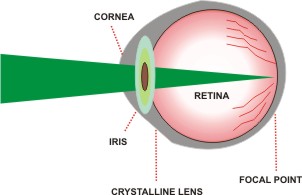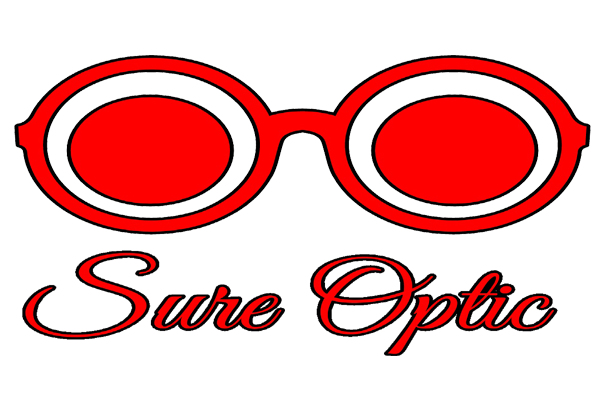
Many people think that if they have 20/20 vision, they have perfect vision. This is not true. The 20/20 value is just a comparison. An eye with 20/20 vision can see at 20 feet the same things that a "Normal eye" can see at 20 feet. Some people can see even better than that. They may be able to see at 20 feet what a 'normal eye' would only see at 15 feet; that is 20/15 vision. Know more about 20/20 vision in this article.
A person with normal or average vision is considered 20/20, which refers to what he/she should be able to see when standing 20 feet away from an eye chart. If you have 20/25 vision, it means that when you stand 20 feet away from see when standing 25 feet from the chart. That is, if a person with 20/20 vision is standing 25 feet away from the chart and you are standing only 20 feet away from it, you and the normal person can see the same detail. Similarly, if you have 20/40 vision, it means that when you stand 20 feet away from the chart you can see what a person with20/20 vision can see when standing 40 feet from the chart (see diagram below). In the Unite States, 20/200 is the cutoff for legal blindness.
Is This a Perfect Vision
Many people think that if they have 20/20 vision, they have perfect vision this is not true The 20/20 value is just a comparison. An eye with 20/20 vision can see at 20 feet the same things that a normal eye can see at 20 fect. Some people can see even better than that. they maybe able to see at 20 feet what a 'normal eye' would only see at 15 feet: that is 20/15 vision.
Visual Acuity
Visual acuity indicates the angular sine of the smallest detail that can be resolved. It is measured for various purposes and also used by some licensing authorities and employers as eligibility criteria for some occupations like 20/20 is commonly used for a pilot's license and 20/40 for a driver's license, 20/80 may be used for special educational assistance etc.
Working of an Eye

There are several structures in your eye responsible for forming the images that you see. the cornea and lens focus light by bending it as it enters the eye, so the light rays form an image on the retina. Retina transmits information to the brain, allowing you to 'see' images. The fovea is the central point on the retina that Produces the sharpest vision. When all of the light rays meet on The retina, it gives you a clear, sharp image of the object at which you are looking. However, if the light focuses behind the retina of infront of the retina, the image you see will be blurred. Depending on where the image focuses, you may be nearsighted or farsighted. In a normal eye, light is focused on the retina.


